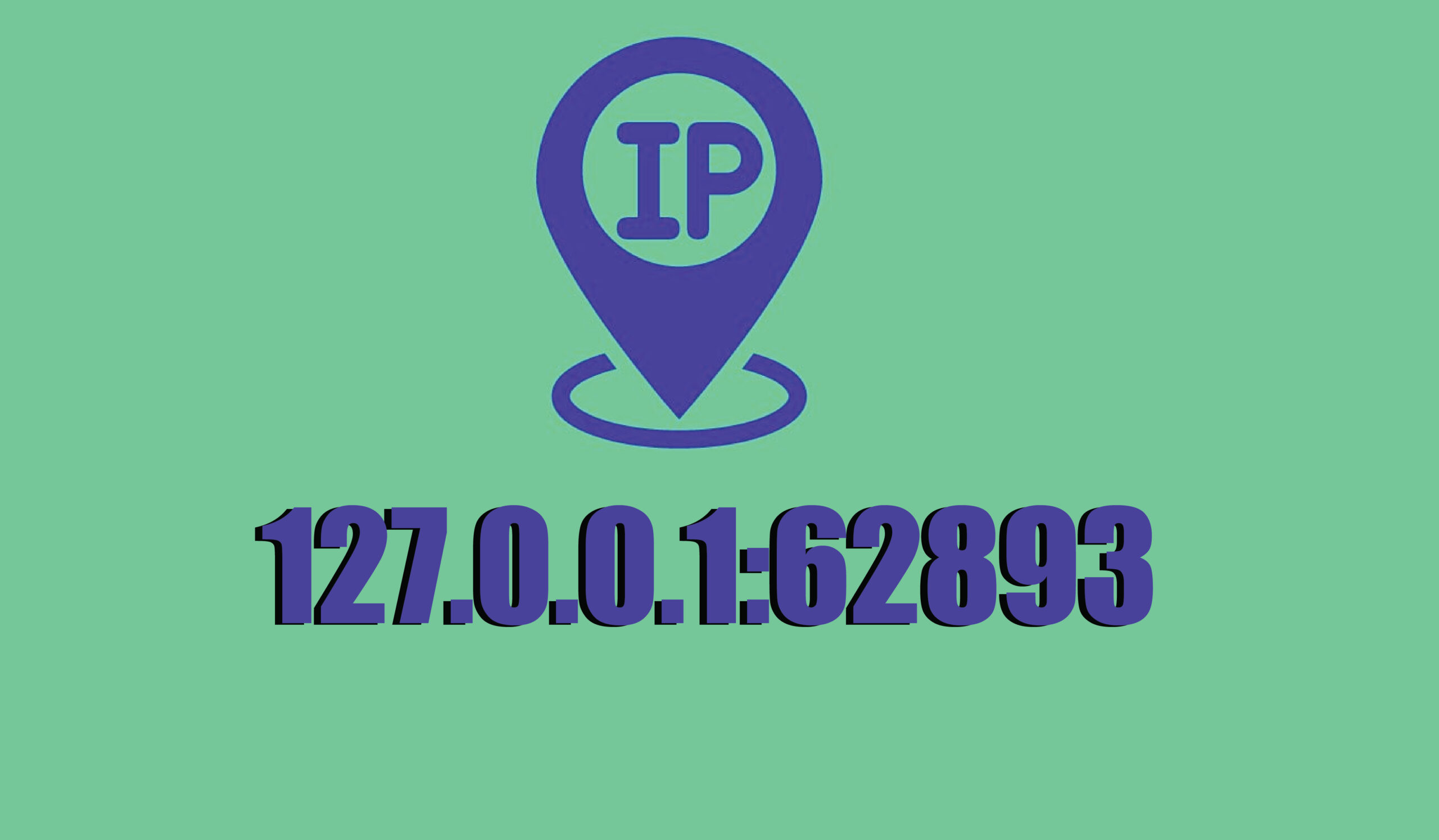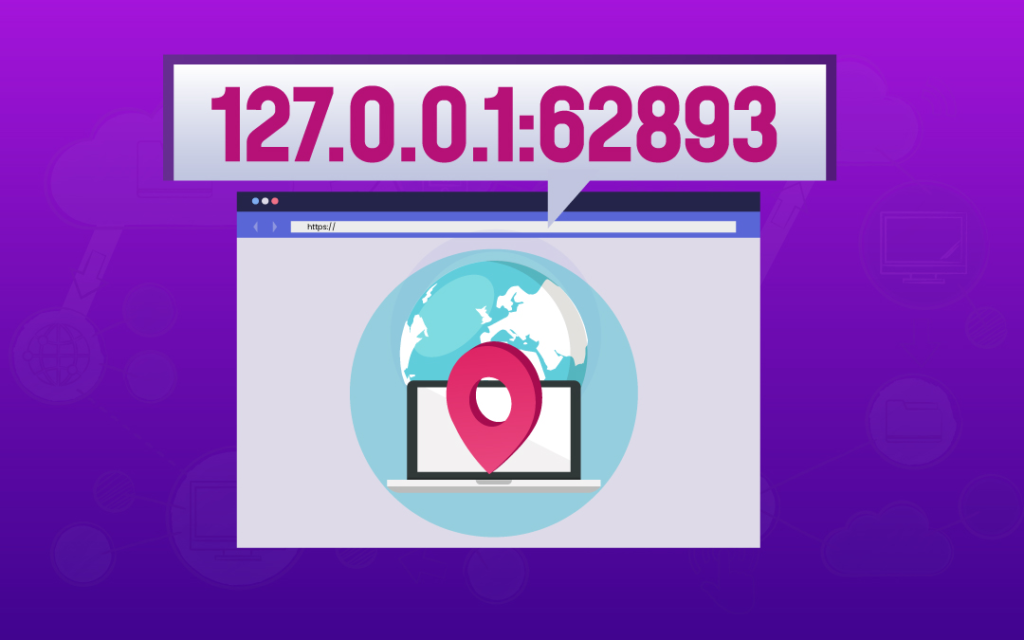Technology
What’s 127.0.0.1:62893 & Why Should You Care?

- /home/u433845138/domains/buzzark.co.uk/public_html/wp-content/plugins/mvp-social-buttons/mvp-social-buttons.php on line 27
https://buzzark.co.uk/wp-content/uploads/2024/11/QQQQ-01-37-1000x600.jpg&description=What’s 127.0.0.1:62893 & Why Should You Care?', 'pinterestShare', 'width=750,height=350'); return false;" title="Pin This Post">
- Share
- Tweet /home/u433845138/domains/buzzark.co.uk/public_html/wp-content/plugins/mvp-social-buttons/mvp-social-buttons.php on line 72
https://buzzark.co.uk/wp-content/uploads/2024/11/QQQQ-01-37-1000x600.jpg&description=What’s 127.0.0.1:62893 & Why Should You Care?', 'pinterestShare', 'width=750,height=350'); return false;" title="Pin This Post">
Ever glanced at your computer’s network connections and spotted 127.0.0.1:62893? 🤔 While it might look like a cryptic code, this local host address plays a crucial role in your system’s functionality and security. For developers, it’s a familiar friend; for others, it might raise eyebrows and security concerns.
Think of 127.0.0.1:62893 as your computer’s internal communication channel – a private line that applications use to talk to each other within your system. Whether you’re a developer debugging applications or a curious user wondering about mysterious port numbers, understanding this address can help you maintain better control over your system’s behavior and security.
Let’s dive into the essentials of localhost addresses, explore their technical impact on your system, and uncover critical security considerations that every computer user should know. We’ll also look at how this knowledge can benefit developers and help troubleshoot common issues that might arise. 🔍
Understanding Local Host Addresses
The IP address 127.0.0.1, known as localhost, serves as a loopback address that allows your computer to communicate with itself. This fundamental networking concept enables developers to test applications and services locally without requiring an external network connection.
Port 62893 is a dynamic port number that applications use for internal communication. When paired with localhost (127.0.0.1:62893), it creates a specific endpoint commonly used in:
- Web development testing
- Database connections
- Application debugging
- Service monitoring
| Common Use | Purpose |
|---|---|
| Development | Testing web apps |
| Debugging | Local diagnostics |
| Services | Internal comms |

Technical Impact on Your System
The local host address 127.0.0.1:62893 plays a crucial role in managing network traffic and application communication on your system. It creates a dedicated channel for internal processes, reducing external network load and improving application performance by isolating local development traffic from regular internet communications.
- Network Traffic Flow
- Process Isolation
- Resource Allocation
- Port Management
Resource consumption remains minimal since communications stay within your system, avoiding external network overhead. This internal routing mechanism ensures efficient data transfer between applications while maintaining system stability and preventing unnecessary bandwidth usage. Now, let’s explore some common issues you might encounter.
Troubleshooting Common Issues
Common localhost issues often stem from port conflicts when multiple applications attempt to use port 62893 simultaneously. This can result in connection refusals and system slowdowns. To resolve these issues, check your Task Manager or Activity Monitor for competing processes and terminate unnecessary ones.
Performance problems typically arise from excessive localhost connections or improper configuration settings. Monitor your system resources and implement connection pooling to optimize performance. Consider using alternative ports if 62893 consistently causes issues.
- Key troubleshooting steps:
- Check for conflicting applications
- Monitor system resources
- Clear existing connections
- Verify firewall settings
| Issue Type | Common Cause | Quick Fix |
|---|---|---|
| Port Conflict | Multiple apps | Close unused apps |
| Connection Refused | Service offline | Restart service |
| Performance | Resource overload | Clear connections |
Development Benefits
The localhost environment (127.0.0.1:62893) provides developers with a controlled testing ground, enabling rapid development and debugging without affecting live systems. Local testing eliminates network latency and allows for immediate code changes, making the development process significantly more efficient and reliable.
Key advantages include:
- Instant feedback on code changes
- Zero deployment overhead
- Offline development capability
- Protected testing environment
- Resource-efficient development
| Feature | Local Development | Production Environment |
|---|---|---|
| Speed | Instant | Network-dependent |
| Risk | Minimal | High |
| Access | Direct | Remote |
Security Considerations
Potential Vulnerabilities
Local host connections, while generally secure, can be exploited if not properly configured. Open ports like 62893 may become entry points for malware or unauthorized access, especially when running development servers with default settings or disabled authentication mechanisms.
Best Practices for Protection & Monitoring Solutions
- Implement firewall rules for localhost connections
- Use strong authentication for local services
- Regular port scanning and monitoring
- Keep development tools updated
- Disable unused ports

| Security Layer | Recommended Action |
|---|---|
| Network | Restrict external access |
| Application | Enable authentication |
| System | Regular security updates |
| Monitoring | Port activity tracking |
The localhost address 127.0.0.1:62893 plays a vital role in software development, system troubleshooting, and network security. Whether you’re a developer testing applications, an IT professional diagnosing connectivity issues, or someone concerned about system security, understanding this local address helps you better manage and protect your system.
Taking time to familiarize yourself with localhost addresses and their associated ports empowers you to make informed decisions about your system’s network connections. Stay vigilant about unauthorized port usage, regularly monitor your local connections, and leverage this knowledge to optimize your development environment and system security.
FAQs
1. What is 127.0.0.1:62893, and why does my computer use it?
127.0.0.1:62893 is a local loopback address paired with a dynamic port, commonly used by applications for internal communication on your computer. It allows programs to communicate with each other without needing an external network connection, which is essential for development, testing, and diagnostics.
2. Is 127.0.0.1:62893 secure?
Generally, localhost connections like 127.0.0.1:62893 are secure since they only allow internal communication within your device. However, open ports can potentially be exploited if not properly configured. Best practices include enabling firewalls, using authentication for local services, and regularly monitoring open ports.
3. Why might I encounter issues with 127.0.0.1:62893?
Common issues with 127.0.0.1:62893 arise from port conflicts, where multiple applications attempt to use the same port, leading to connection errors or performance slowdowns. Closing unused applications or switching to a different port can resolve these conflicts.
4. How can I monitor or troubleshoot 127.0.0.1:62893?
To troubleshoot, check for competing applications using port 62893 through Task Manager (Windows) or Activity Monitor (Mac). You can also monitor system resources, clear existing connections, and verify your firewall settings to ensure efficient internal communication.
5. What are the benefits of using 127.0.0.1:62893 for development?
Using 127.0.0.1:62893 allows developers to test applications locally, eliminating network latency and improving development speed. Local testing provides instant feedback, reduces deployment overhead, and enables offline work in a secure, isolated environment.
Visit for more Buzzark.
-

 Celebrity10 months ago
Celebrity10 months agoMichael C. Hall: Complex Journey of a Versatile Actor
-

 Business10 months ago
Business10 months agoUnderstanding Apostille UK: A Comprehensive Guide
-

 Technology10 months ago
Technology10 months agoThe Future of Video Marketing: Trends You Can’t Ignore
-

 Celebrity11 months ago
Celebrity11 months agoShane Urban Explained: Facts About Keith Urban’s Sibling
-

 Celebrity11 months ago
Celebrity11 months agoAnuel AA Height and Weight? Everything Age, Bio, Family, and More
-

 Celebrity11 months ago
Celebrity11 months agoWho is Heidi Berry Henderson? Everything About Halle Berry’s Sister
-

 Celebrity11 months ago
Celebrity11 months agoThe Life of Lorenzo Luaces: Lili Estefan’s Ex-Husband Explained
-

 Celebrity12 months ago
Celebrity12 months agoOtelia Cox, Bio Tony Cox’s Wife, Her Age, Height, and Life Journey
-

 Celebrity11 months ago
Celebrity11 months agoian cylenz lee: Bio, net worth, age, family and more Kandyse McClure’s husband
-

 Celebrity11 months ago
Celebrity11 months agoWho is Carolin Bacic? A Deep Dive into Steve Bacic’s Wife
-

 Entertainment12 months ago
Entertainment12 months agoEverything About ‘Oche Oche Anasico’ Lyrics: Meaning, Origin & More
-

 Fashion10 months ago
Fashion10 months agoThe Perfect Pairing: Corset Prom Dresses for a Flattering Fit and Beaver Hat Blanks for Timeless Style


